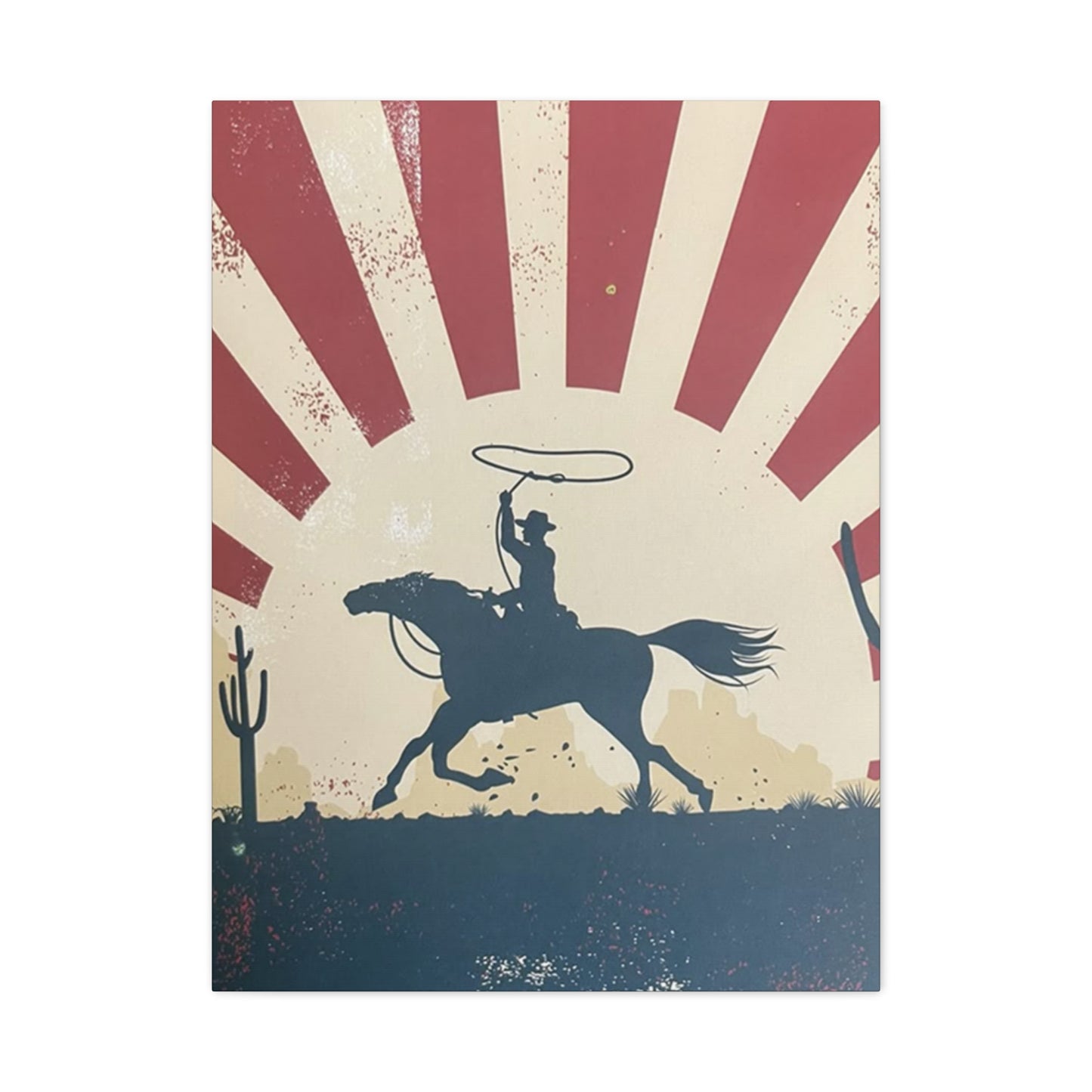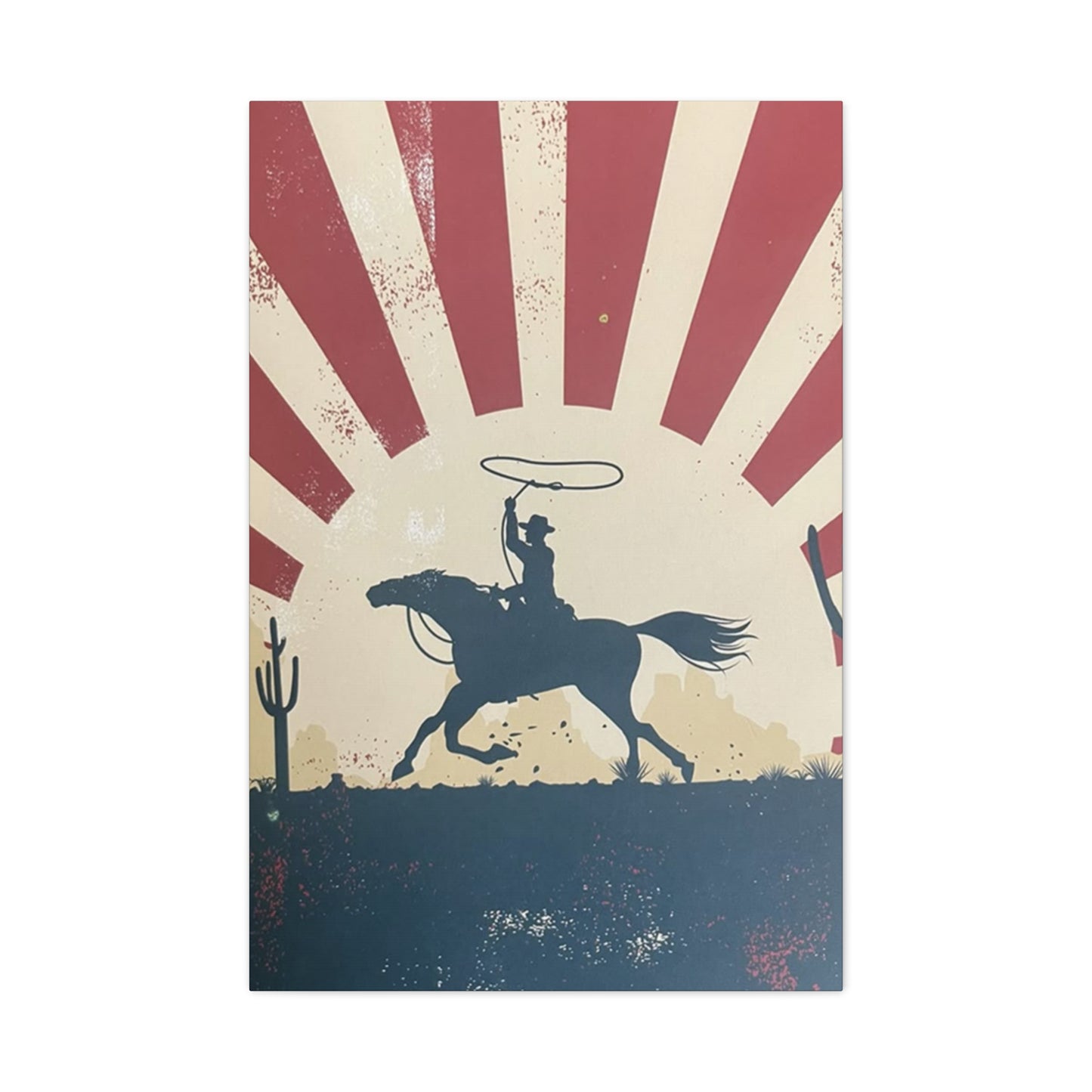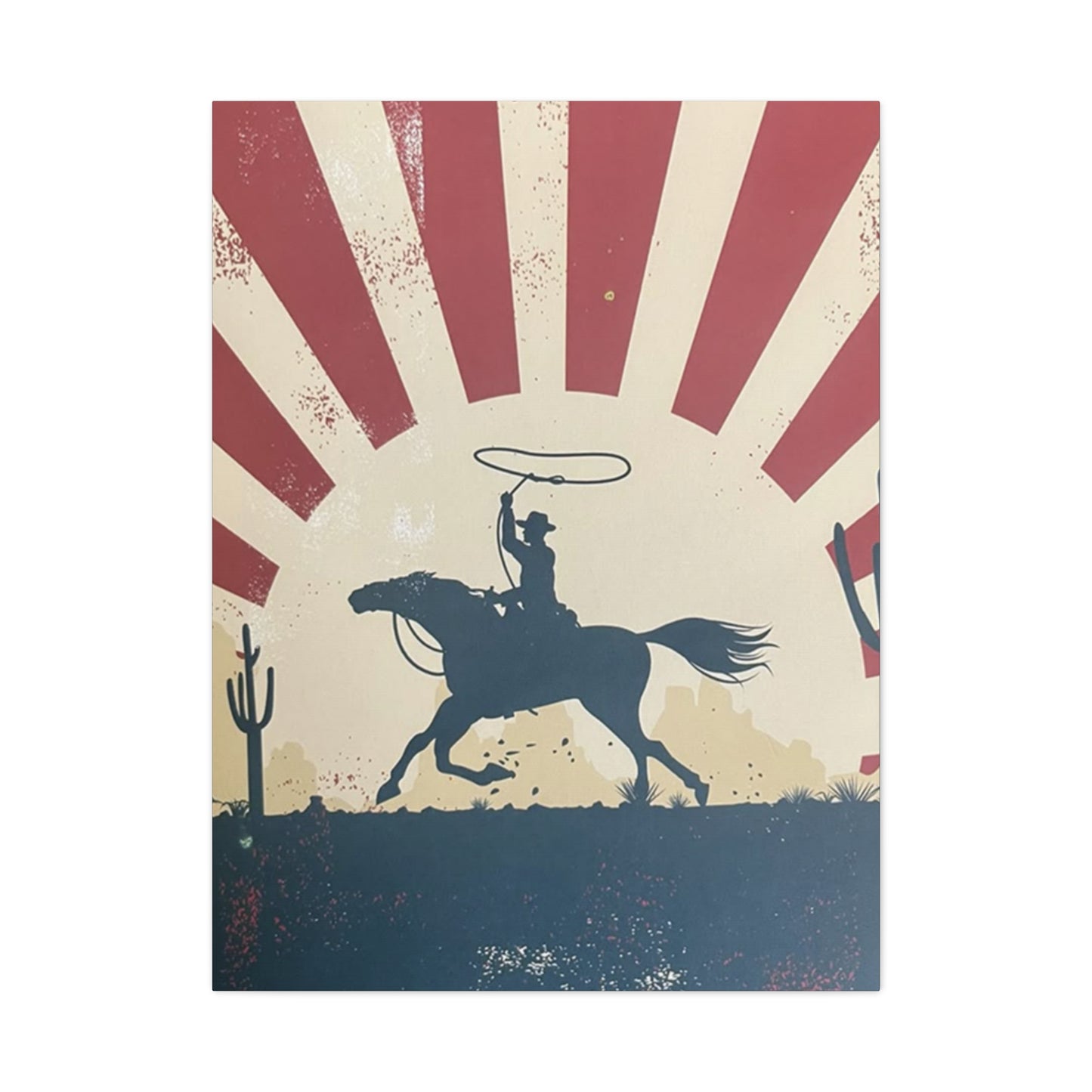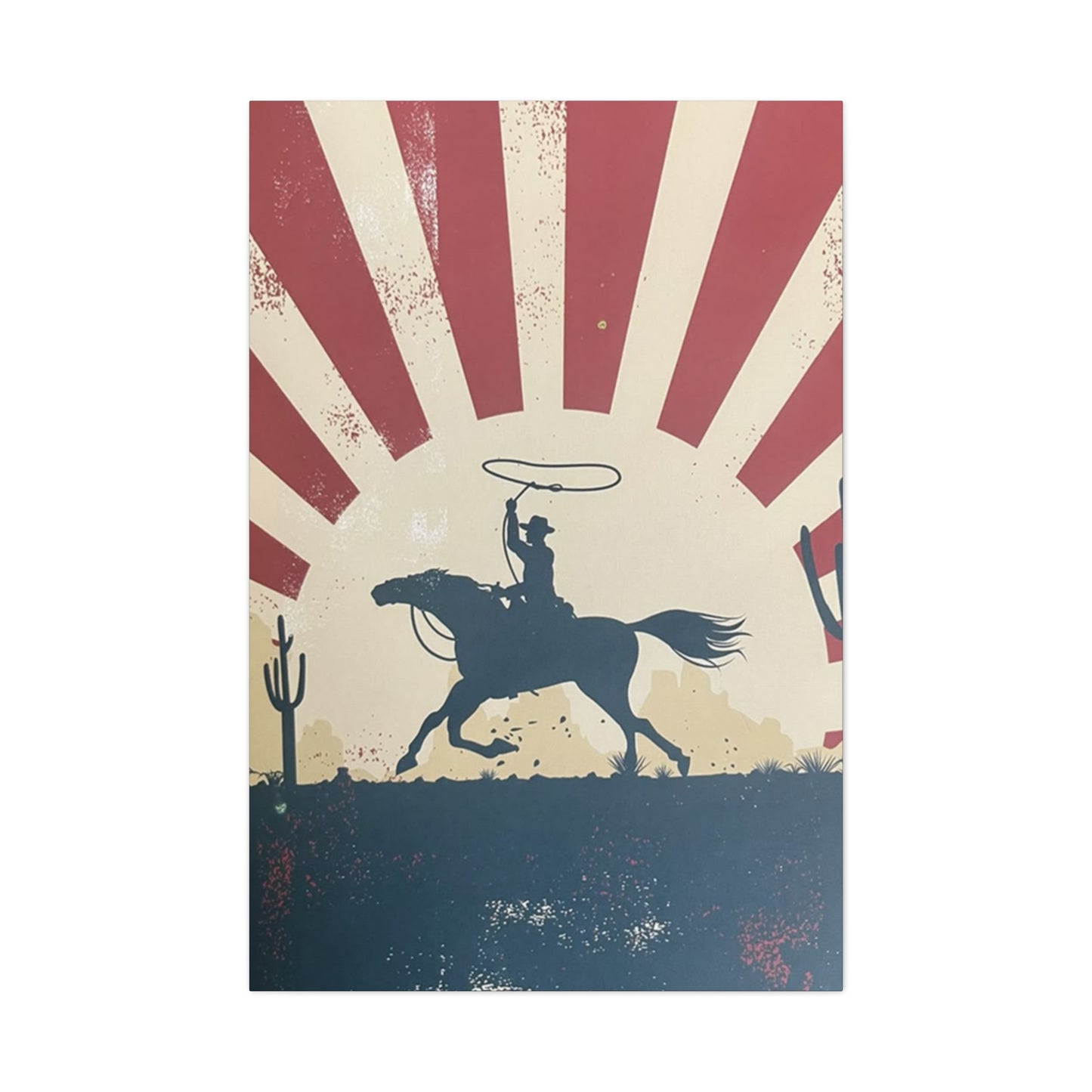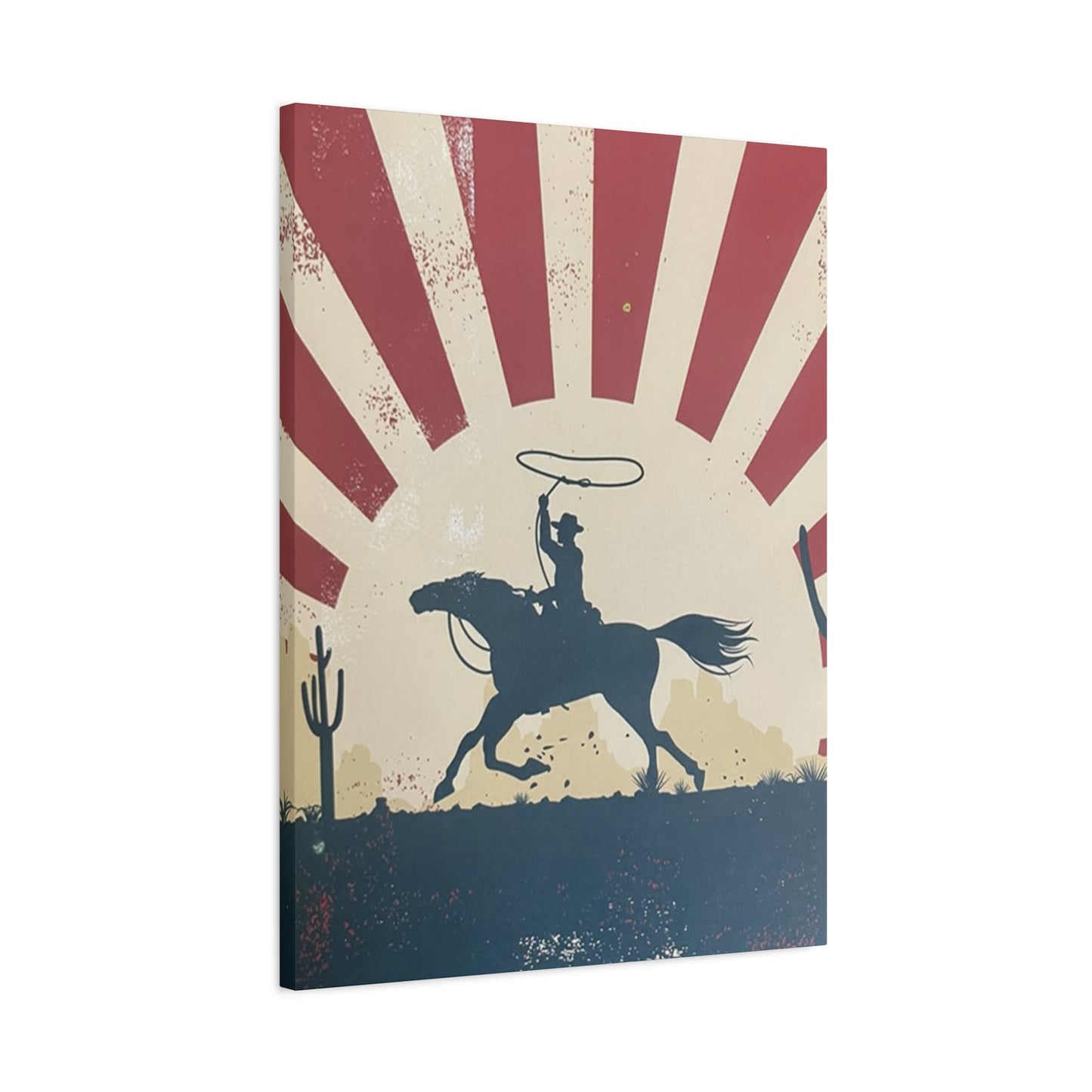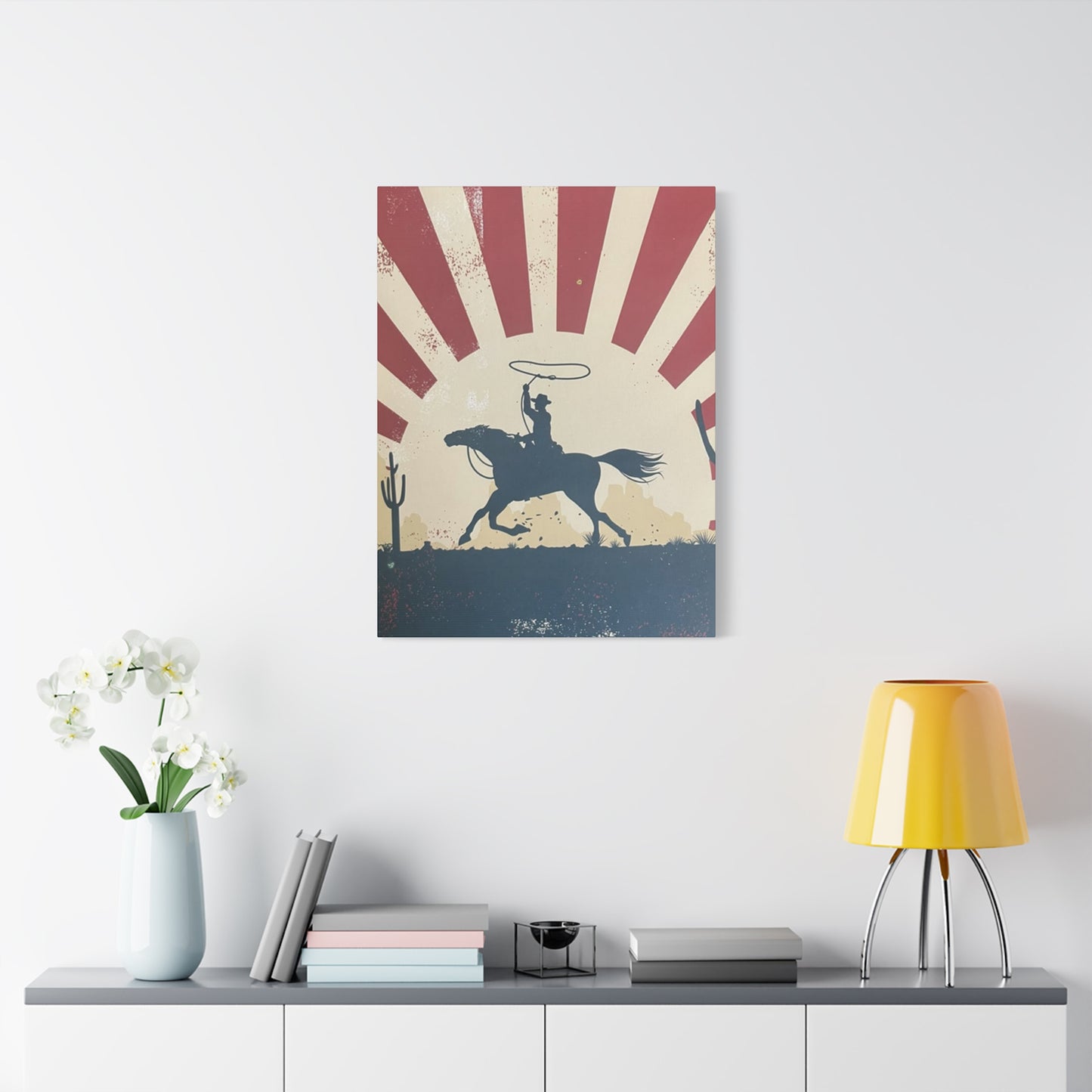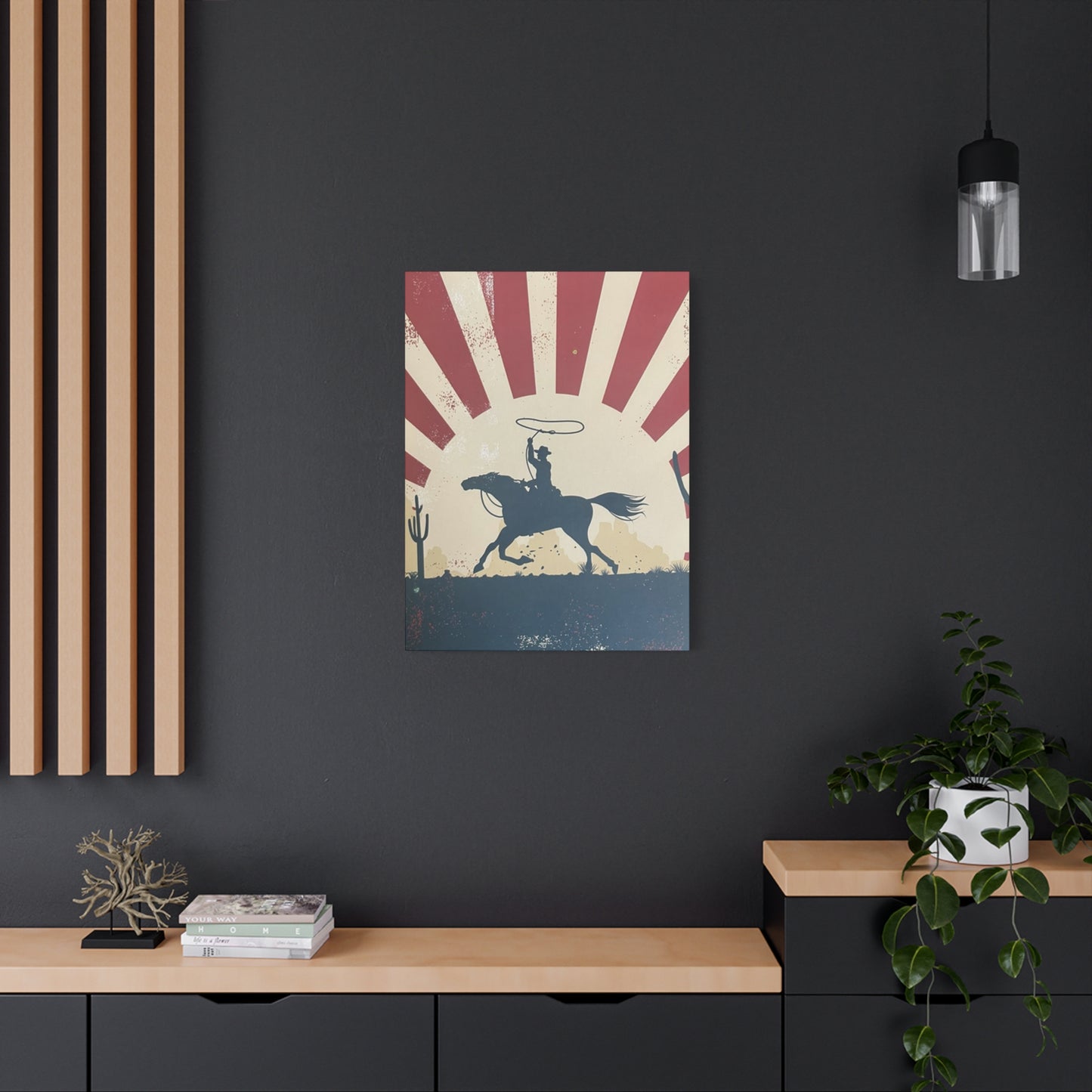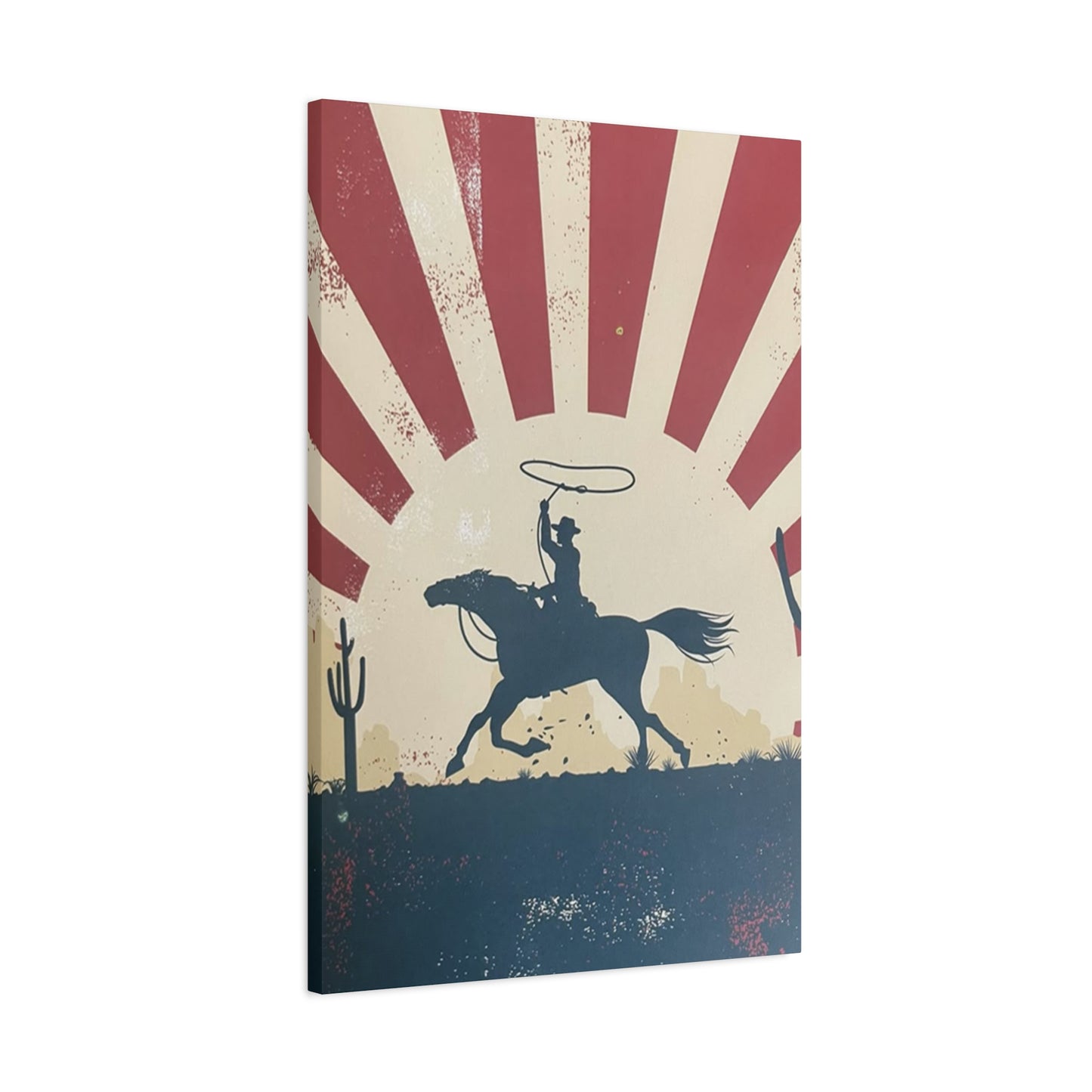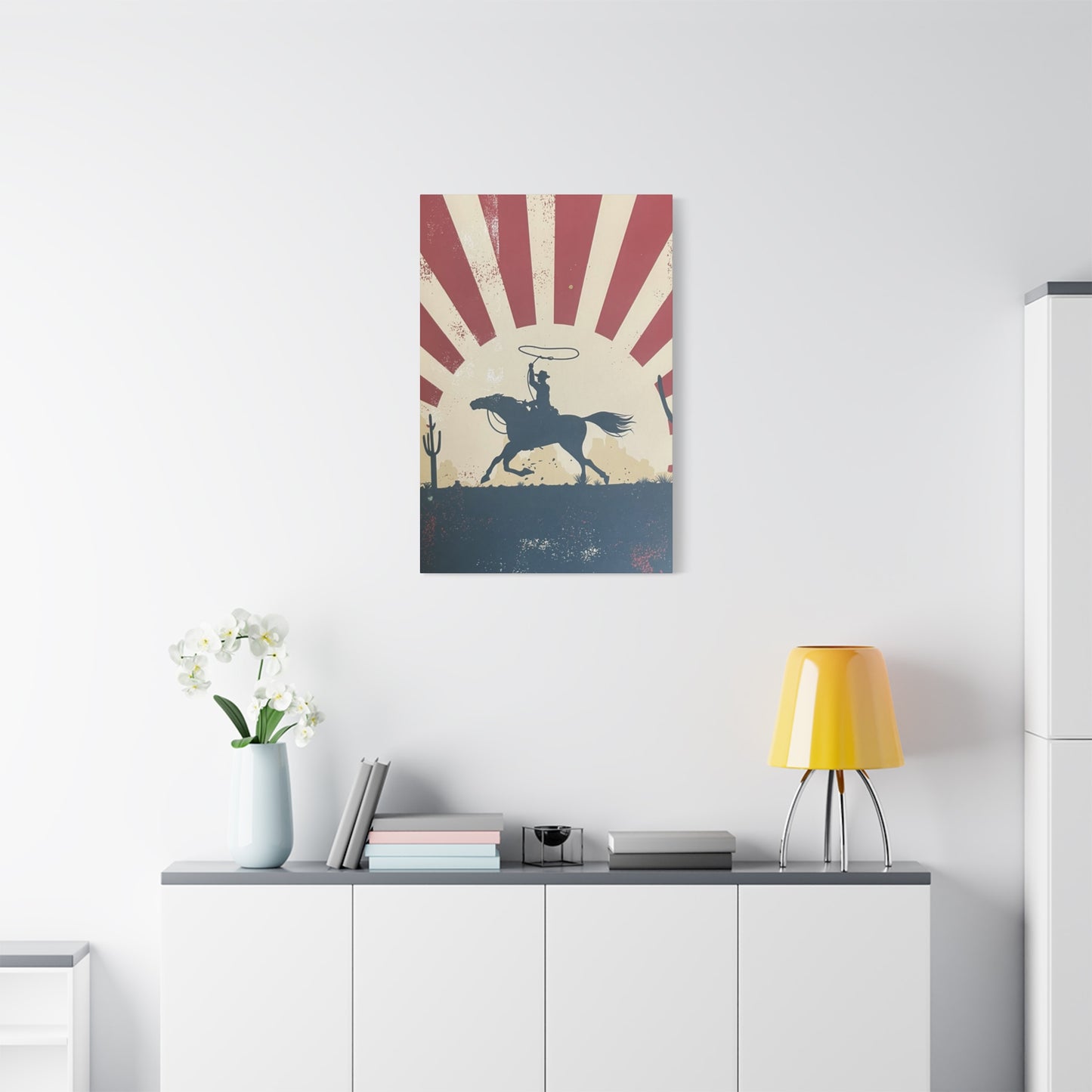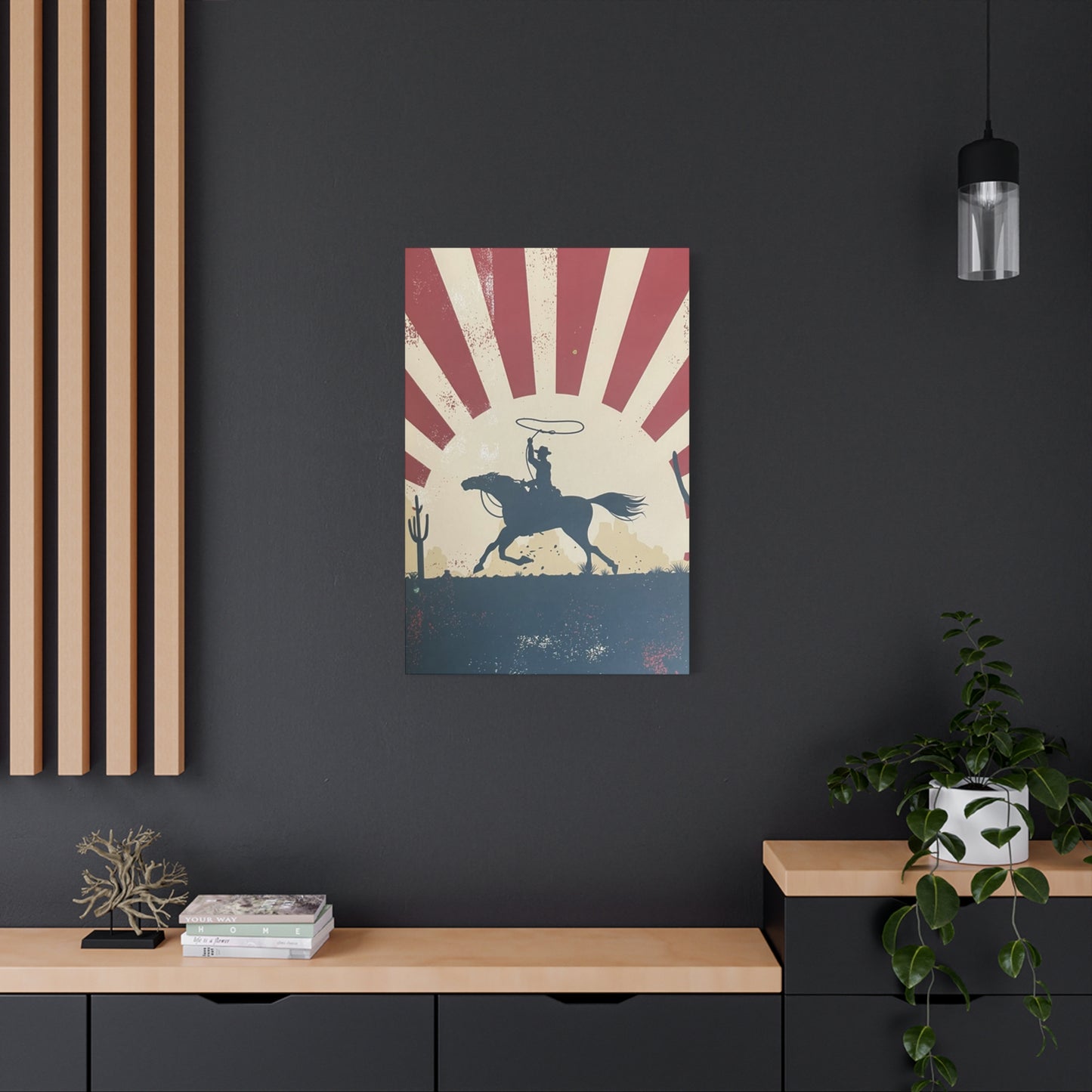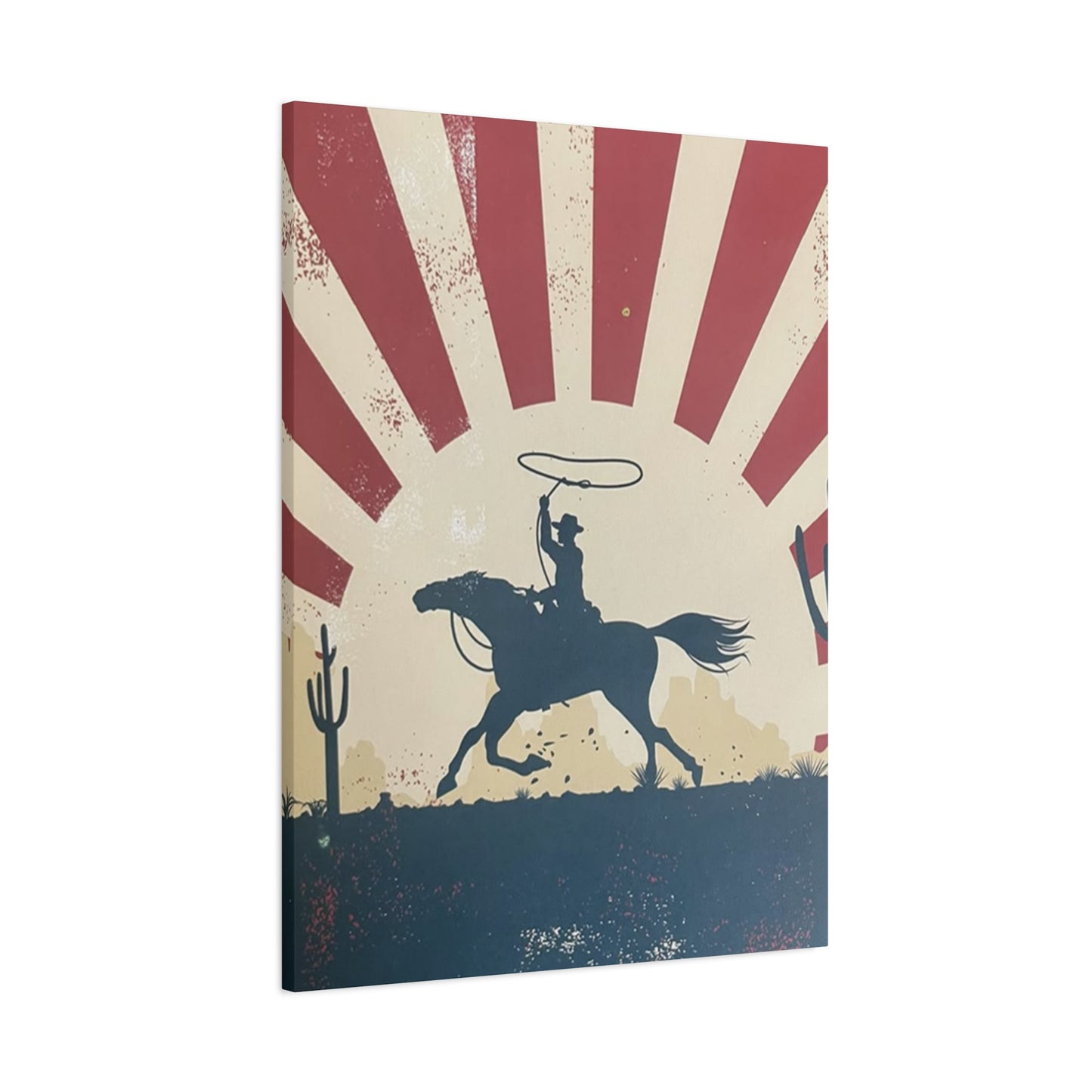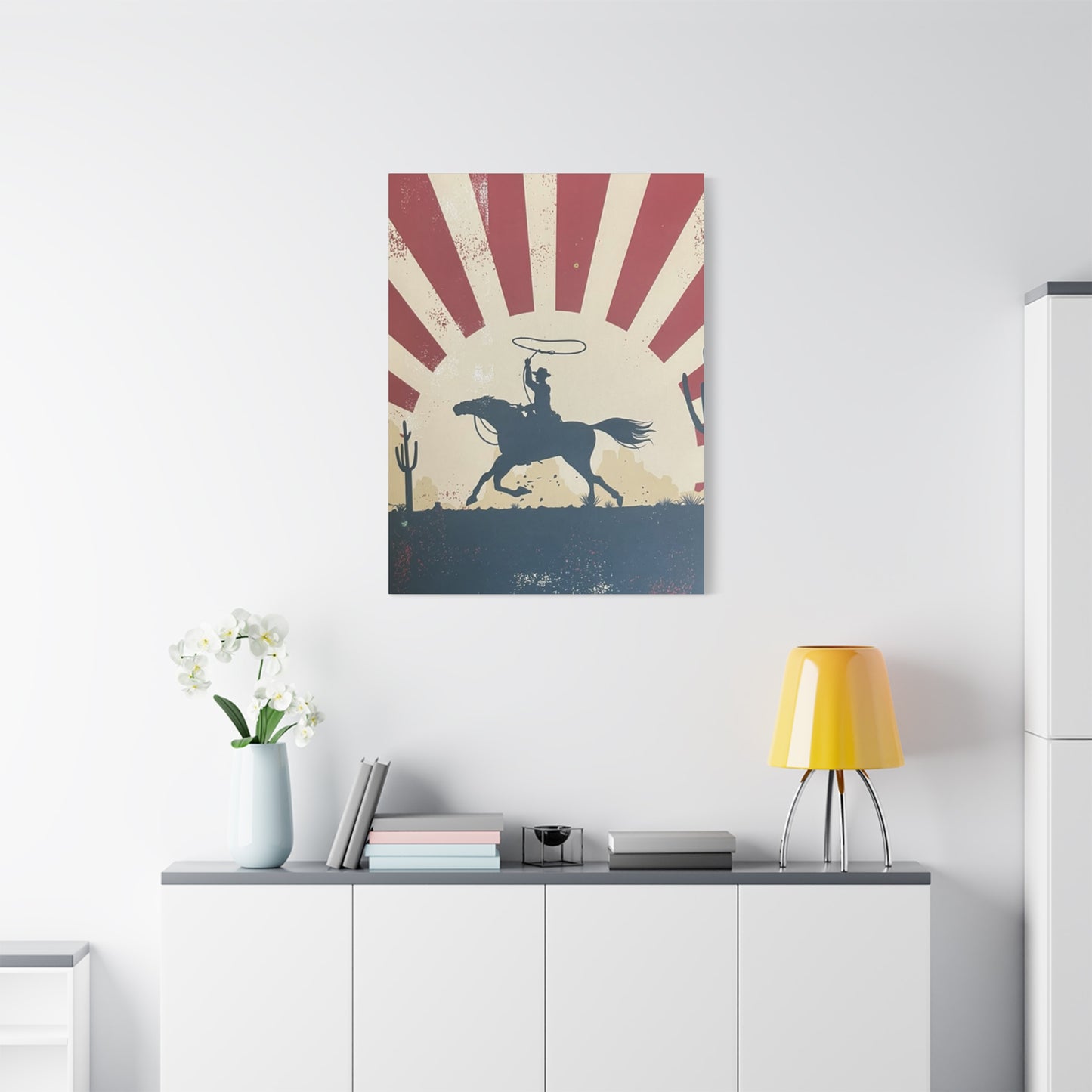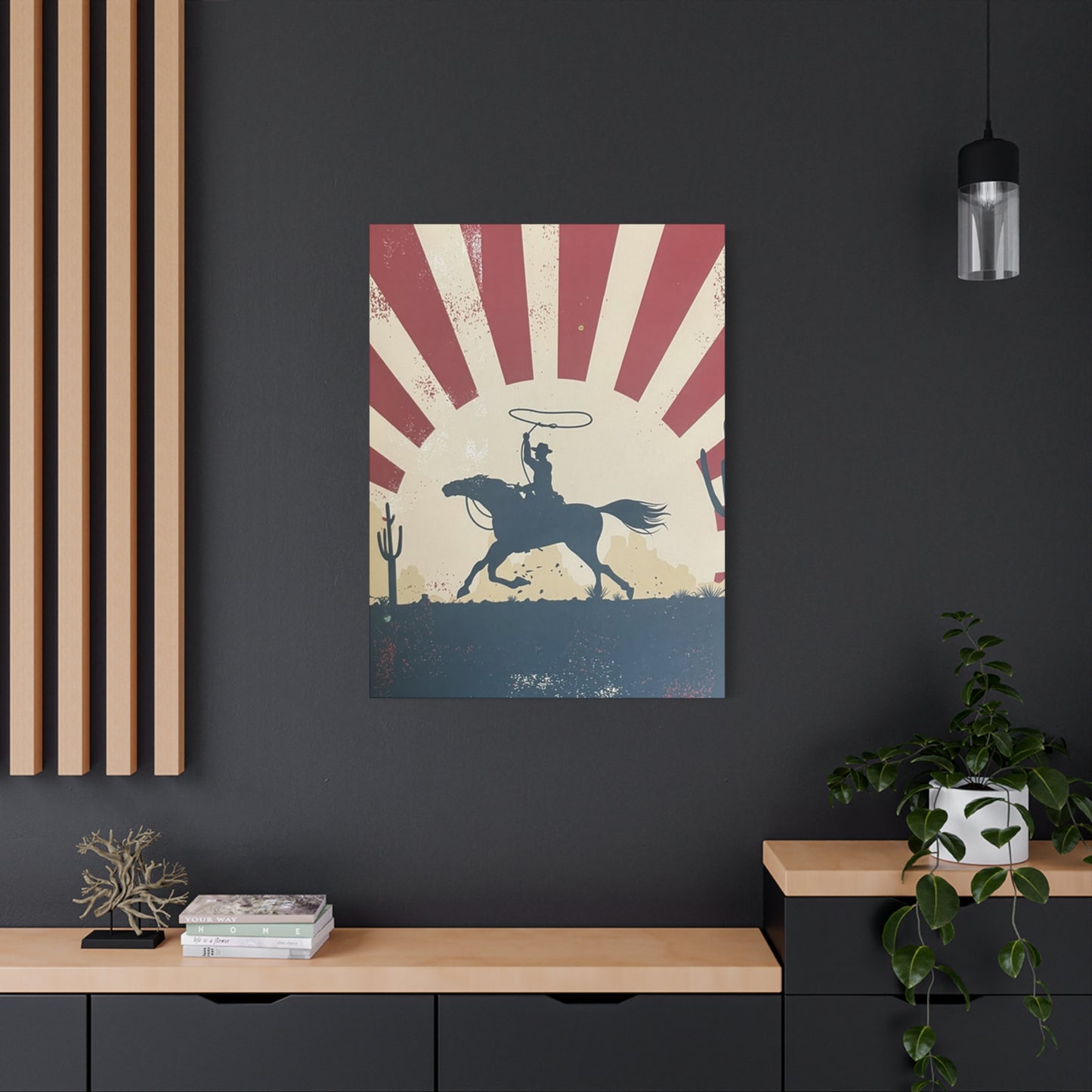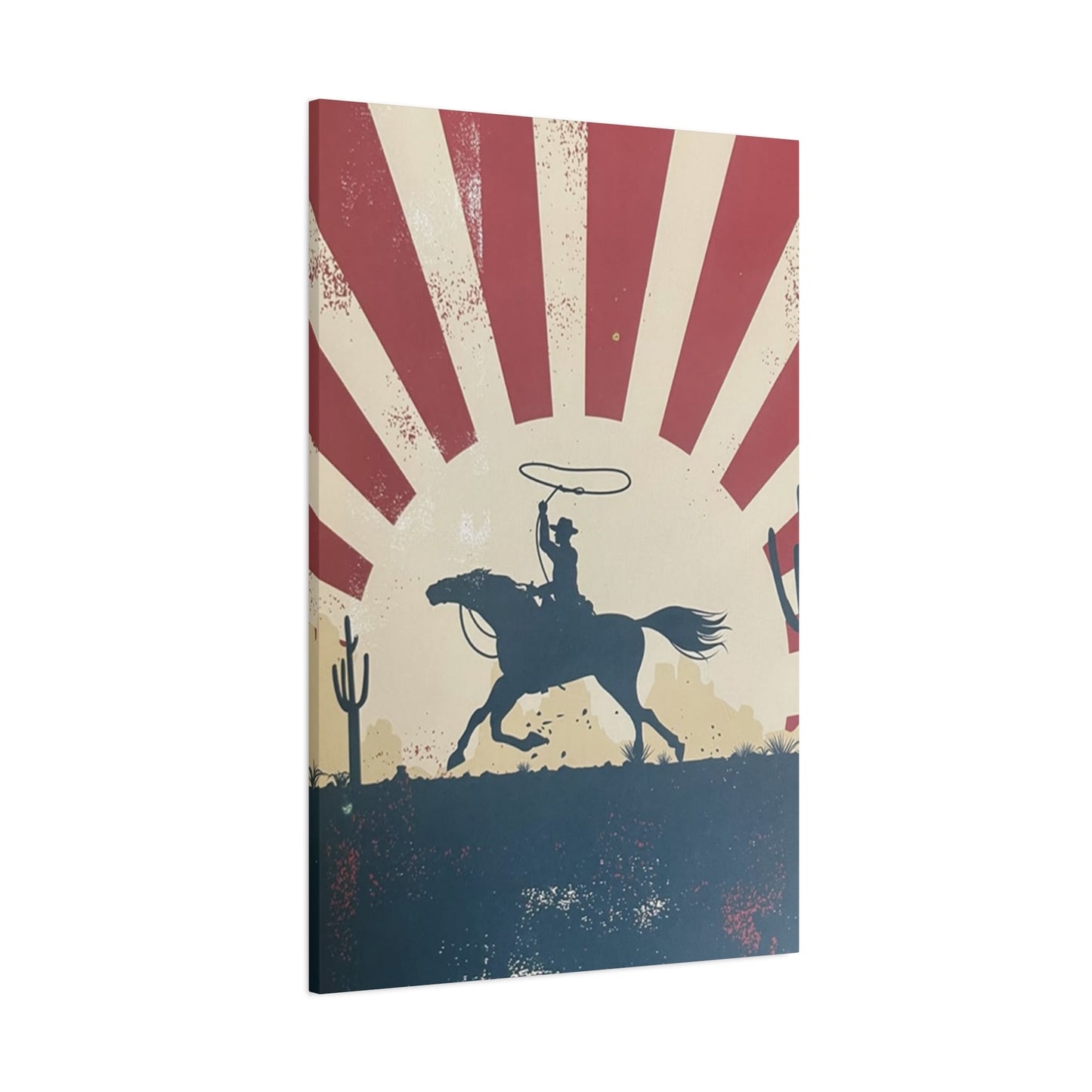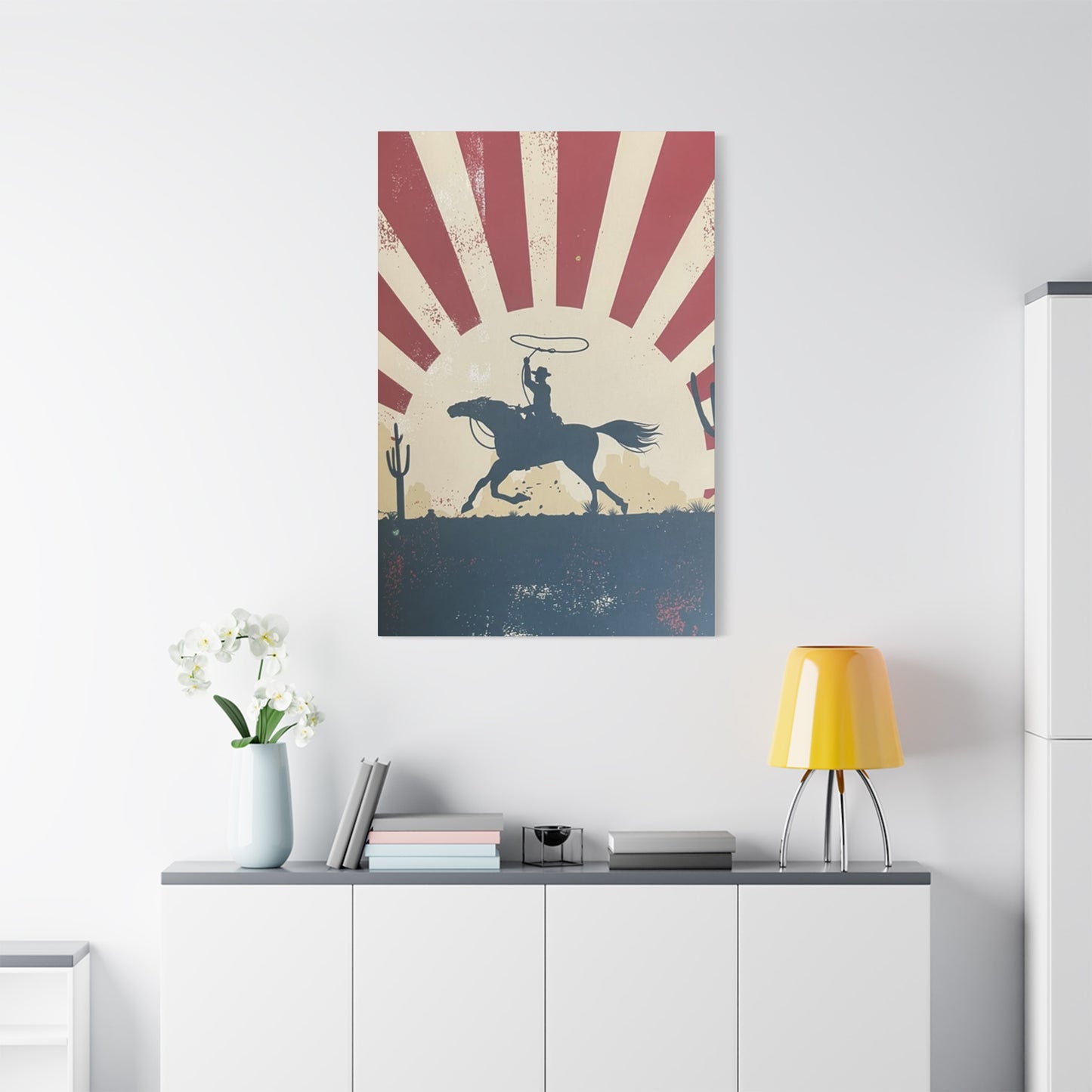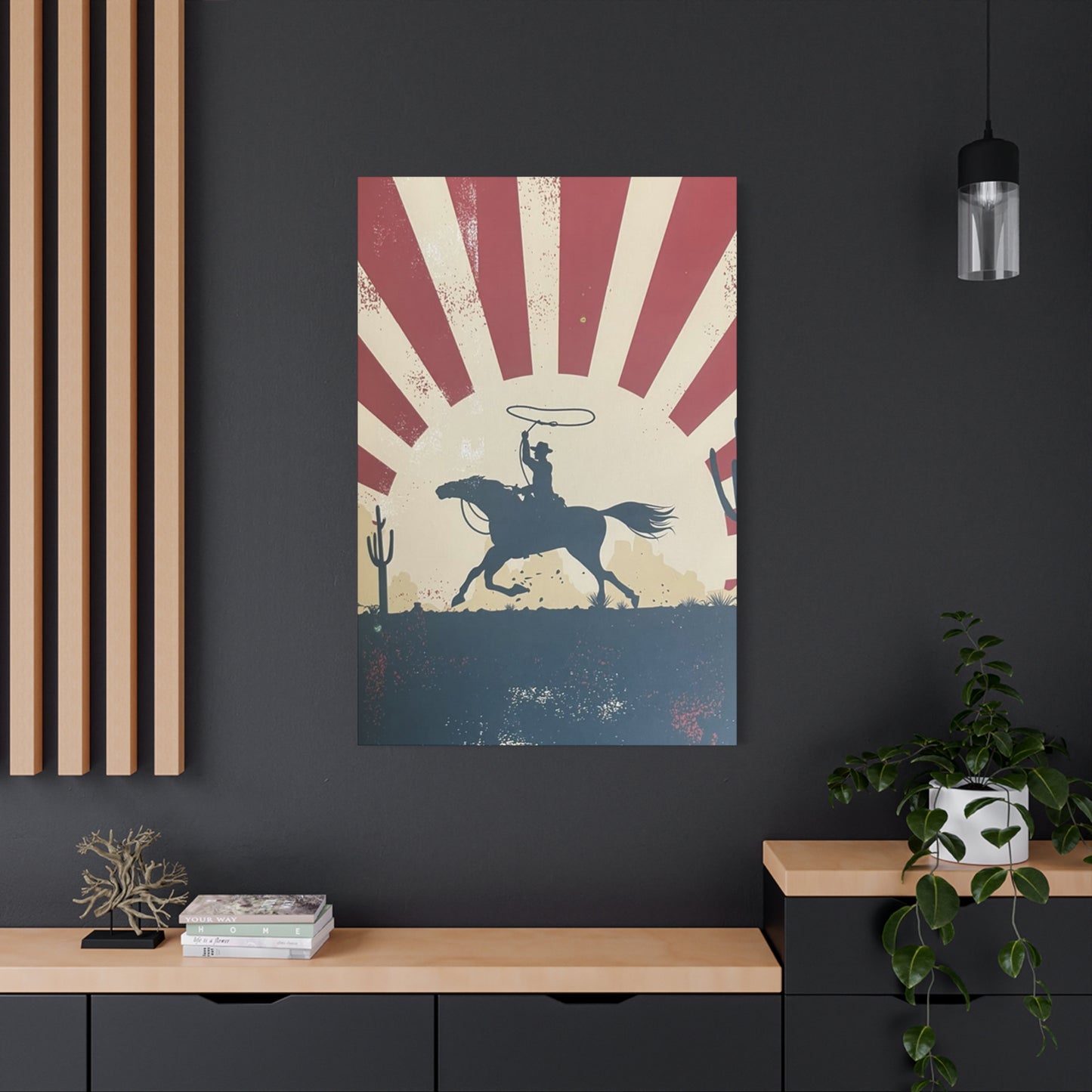Majestic Equine Wall Art: Your Essential Guide to Horse Poster Displays
The world of equine artwork has captured hearts and adorned walls for centuries, bringing the raw power, elegant beauty, and untamed spirit of horses directly into our living environments. Horse poster wall art represents one of the most accessible and versatile ways to incorporate this magnificent imagery into your home or office. From breathtaking photographs of wild mustangs galloping across open plains to artistic interpretations that showcase the graceful lines and muscular form of these noble creatures, equine posters offer endless possibilities for personalizing your surroundings.
The appeal of horse artwork transcends simple decoration; it speaks to something deeper within us. These creatures have been companions, workers, and symbols of freedom throughout human history. When we choose to display horse poster wall art, we're not merely selecting pretty pictures for our walls. We're making a statement about our values, our connection to nature, and our appreciation for the qualities that horses embody: strength, independence, loyalty, and grace.
The variety available in today's market is truly astounding. Whether you're drawn to the stark drama of black and white photography, the soft romance of watercolor paintings, or the bold impact of modern digital art, there's a horse poster that will speak to your aesthetic sensibilities. The evolution of printing technology has made it possible to reproduce artwork with incredible fidelity, ensuring that even affordable prints can capture the subtle details and emotional impact of the original pieces.
Horse poster wall art has found its way into virtually every type of living arrangement, from rustic farmhouses where the connection to rural life feels natural and authentic, to sleek urban apartments where the imagery provides a striking contrast to the metropolitan lifestyle. The versatility of this art form allows it to bridge different decorating styles, serving as a focal point in traditional settings while adding unexpected character to contemporary environments.
The psychological impact of surrounding ourselves with images of horses shouldn't be underestimated. These animals represent concepts that many of us aspire to embody in our daily lives. Their image can serve as a daily reminder of the importance of staying true to our wild nature, even as we navigate the constraints of modern society. For many, horse artwork represents a form of visual meditation, offering a moment of peace and connection with the natural world amidst the chaos of daily routines.
The Eternal Appeal of Equine Poster Art
The enduring fascination with horse imagery in poster form stems from the unique combination of accessibility and impact that these pieces provide. Unlike original paintings or sculptures that might require significant investment, horse posters make it possible for anyone to bring professional-quality equine art into their environment. This democratization of art has opened doors for countless individuals to express their passion for horses through their decorative choices.
The photographic revolution has played a crucial role in expanding the possibilities for horse poster wall art. Modern cameras can capture split-second moments of equine behavior that would be impossible for traditional artists to observe and recreate. The result is a treasure trove of images showing horses in their natural states: the explosive power of a stallion rearing against a stormy sky, the tender moment between a mare and her foal, or the serene beauty of horses grazing in morning mist.
Digital printing techniques have elevated poster art to new heights of quality and durability. Today's horse posters can reproduce colors with remarkable accuracy, capture fine details that rival photographic prints, and maintain their vibrancy for years when properly displayed. The materials used in modern poster production resist fading, moisture damage, and other environmental factors that once limited the lifespan of decorative prints.
The artistic interpretation of horses in poster form has evolved tremendously over recent decades. Contemporary artists are experimenting with mixed media approaches, combining photography with painted elements, or using digital tools to create entirely new forms of equine expression. These innovative approaches result in horse poster wall art that pushes the boundaries of traditional animal portraiture while maintaining the emotional connection that makes these images so compelling.
The size options available in horse poster art have expanded dramatically, accommodating everything from intimate bedroom displays to grand statement walls in commercial environments. Panoramic formats can capture the sweeping movement of a herd across the landscape, while portrait orientations focus attention on the individual character and expression of a single animal. This variety ensures that there's an appropriate format for virtually any intended application.
The quality of reproduction has reached levels that sometimes make it difficult to distinguish between an original photograph and a poster print. Advanced printing methods can capture subtle gradations in tone, reproduce fine textural details, and maintain sharpness across even very large formats. This technical excellence means that choosing poster art no longer requires compromising on visual impact or artistic integrity.
Monochromatic Majesty: The Power of Black and White
Black and white horse poster wall art holds a special place in the world of equine imagery, offering a timeless elegance that transcends temporary design trends. The absence of color forces viewers to focus on form, texture, light, and shadow, revealing aspects of equine beauty that might otherwise be overshadowed by the distraction of color. This artistic restraint often results in more powerful and emotionally resonant images.
The dramatic contrast possible in monochromatic horse art can create stunning visual impact. A white horse silhouetted against a dark background becomes a luminous apparition, while a dark horse emerging from shadow takes on an almost mystical quality. These high-contrast images work exceptionally well in modern environments where clean lines and bold statements are valued over busy, colorful displays.
The versatility of black and white horse posters makes them ideal for environments where color coordination might be challenging. They complement virtually any existing color scheme without creating visual conflict, making them safe choices for professional environments or homes where multiple people's preferences must be accommodated. This neutral quality doesn't diminish their impact; rather, it allows the inherent drama of the horse imagery to shine through without competition.
Historical photography has contributed significantly to the appeal of monochromatic equine art. Vintage photographs of working horses, cavalry units, and early rodeo events capture moments from a bygone era when the relationship between humans and horses was more integral to daily life. These historical images carry additional emotional weight, serving as windows into past ways of living that many find romantically appealing.
The texture and detail visible in black and white horse photographs often surpass what's apparent in color images. Without the distraction of hue variations, viewers can appreciate the intricate patterns in a horse's coat, the definition of muscles beneath the skin, and the expressive details of eyes, nostrils, and ears. This enhanced focus on physical characteristics can create a more intimate connection between viewer and subject.
Contemporary photographers continue to choose black and white as their preferred medium for equine subjects, recognizing its ability to convey emotion and drama. The artistic choices involved in converting color images to monochrome—decisions about contrast, exposure, and tonal balance—add layers of interpretation that can transform a simple horse photograph into a powerful artistic statement.
Modern printing technology has revolutionized the quality of black and white horse poster wall art. Advanced grayscale printing can reproduce dozens of subtle tones between pure black and pure white, creating rich, nuanced images that rival traditional darkroom prints. The depth and dimensionality achievable in contemporary black and white posters often exceeds what was possible with older printing methods.
Artistic Approaches: Watercolor Versus Photorealistic Representation
The choice between watercolor and realistic styles in horse poster wall art represents more than just aesthetic preference; it reflects different approaches to capturing and interpreting equine beauty. Each style offers unique advantages and appeals to different sensibilities, creating distinct emotional responses and serving different decorative purposes.
Watercolor horse art brings a dreamy, ethereal quality to equine representation. The flowing nature of watercolor paint naturally complements the fluid movements and graceful lines of horses, creating harmonious compositions that feel organic and alive. The soft edges and subtle color transitions characteristic of watercolor technique can imbue horse imagery with a romantic, almost fairy-tale quality that appeals to those seeking art that evokes emotion rather than documenting reality.
The transparency and luminosity inherent in watercolor painting create effects that are impossible to achieve with other media. Light seems to glow from within watercolor horse paintings, giving them an otherworldly beauty that transforms ordinary subjects into magical visions. This quality makes watercolor horse posters particularly appealing for environments where a gentle, calming influence is desired, such as bedrooms, meditation areas, or healing environments.
Realistic horse art, whether photographic or painted in a photorealistic style, offers different rewards. The precision and detail possible with realistic representation allow viewers to appreciate the incredible complexity and beauty of equine anatomy, coat patterns, and expressions. Every whisker, every highlight in the eye, every subtle variation in coat color contributes to creating images that celebrate the actual physical magnificence of horses.
The emotional impact of realistic horse art often comes from its ability to capture specific moments and expressions that viewers can relate to their own experiences with horses. The alert ears of a horse hearing an unexpected sound, the gentle nuzzling between a mare and foal, or the intense concentration of a horse and rider in competition—these moments frozen in realistic detail can evoke powerful memories and emotions in those who have spent time around horses.
Contemporary digital art has created new possibilities that blur the lines between watercolor and realistic representation. Digital artists can combine the flowing, organic qualities of watercolor with the precision of photographic detail, creating hybrid styles that offer the best of both approaches. These innovative techniques result in horse poster wall art that pushes artistic boundaries while maintaining strong visual appeal.
The choice between watercolor and realistic styles often depends on the intended environment and the desired emotional response. Watercolor pieces tend to integrate more seamlessly with soft, romantic decorating schemes, while realistic images can serve as powerful focal points in more dramatic or contemporary settings. Understanding these distinctions helps in selecting horse art that will enhance rather than conflict with existing design elements.
The reproduction quality possible with modern printing technology means that both watercolor and realistic horse art can be faithfully captured in poster format. Advanced color management systems ensure that the subtle tonal variations in watercolor are preserved, while high-resolution printing maintains the fine detail that makes realistic art compelling. This technical capability has made high-quality reproductions accessible to a broader audience than ever before.
Contemporary Interpretations of Traditional Equine Art
Modern artists and designers are reimagining horse poster wall art through contemporary lenses, creating fresh interpretations that honor the timeless appeal of equine subjects while speaking to current aesthetic sensibilities. These contemporary approaches often combine traditional artistic techniques with modern technology, resulting in innovative pieces that appeal to both horse enthusiasts and art lovers seeking something unique for their environments.
Abstract interpretations of horse forms have gained considerable popularity in recent years. These pieces distill the essence of equine movement and energy into simplified shapes, bold color combinations, and dynamic compositions that suggest rather than literally depict horse imagery. Abstract horse art can create powerful visual impact while allowing viewers to bring their own interpretations and emotions to the experience of viewing the piece.
Geometric approaches to horse art represent another exciting contemporary trend. Artists are using angular shapes, mathematical patterns, and systematic color schemes to create equine imagery that feels fresh and modern while maintaining recognizable horse forms. These geometric interpretations often work exceptionally well in contemporary environments where clean lines and structured compositions are valued.
Mixed media techniques have opened new possibilities for contemporary horse art. Artists combine photography with painted elements, incorporate texture through collage techniques, or use digital manipulation to create layered compositions that offer multiple levels of visual interest. These complex pieces reward close examination while maintaining enough visual coherence to work effectively as poster reproductions.
Pop art influences have found their way into horse poster wall art, with artists using bright, saturated colors and graphic design elements to create equine imagery that feels energetic and contemporary. These pieces often incorporate elements from commercial art and advertising design, creating horse art that speaks to modern consumer culture while celebrating these magnificent animals.
Minimalist approaches to horse art focus on essential elements, stripping away unnecessary details to reveal the fundamental beauty of equine forms. These simplified compositions can be incredibly powerful, using negative space and careful composition to direct attention to the most important aspects of the subject. Minimalist horse posters often work exceptionally well in contemporary environments where visual clutter is avoided.
The influence of street art and graffiti culture has produced horse art that incorporates urban aesthetic elements. These pieces might combine realistic horse imagery with spray paint effects, stencil techniques, or urban landscape elements, creating art that bridges the gap between rural and urban sensibilities. This fusion appeals particularly to younger audiences who appreciate both equine beauty and urban artistic expression.
Digital art techniques have revolutionized the possibilities for contemporary horse poster creation. Artists can manipulate photographs in ways that were previously impossible, create entirely digital compositions, or combine multiple images into complex montages. The flexibility of digital tools allows for experimentation and revision that can result in highly refined final pieces that push the boundaries of traditional horse art.
Creating Harmonious Environments with Equine Artwork
Incorporating horse poster wall art into your living environment requires thoughtful consideration of how these powerful images will interact with existing furniture, color schemes, and architectural elements. The key to successful integration lies in understanding how horse imagery can complement rather than compete with other design elements, creating harmonious compositions that enhance the overall aesthetic appeal of your surroundings.
The scale of horse posters in relation to wall dimensions plays a crucial role in determining their visual impact. A large dramatic horse image on a small wall can feel overwhelming, while tiny horse prints scattered across a vast wall might lack sufficient presence to create meaningful impact. Finding the right balance requires careful consideration of both the dimensions of your available wall area and the viewing distance from which the art will typically be observed.
Color coordination between horse poster wall art and existing room colors requires nuanced understanding of how different hues interact. Horse images often contain earthy tones—browns, tans, grays, and whites—that can serve as neutral elements in color schemes, but they may also include vibrant blues, greens, or golden tones that need to be carefully balanced with surrounding colors. The most successful integrations often involve identifying one or two key colors from the horse art and echoing them subtly in other room elements.
Lighting considerations can dramatically affect how horse poster wall art appears in different conditions. Natural daylight, warm incandescent light, and cool fluorescent illumination each affect color perception differently. Horse images with subtle color variations might appear flat under poor lighting conditions, while high-contrast pieces might look harsh under very bright illumination. Planning for appropriate lighting ensures that your horse art maintains its intended visual impact throughout different times of day.
The architectural style of your environment influences which types of horse poster wall art will feel most appropriate. Traditional homes with classic architectural details might call for more conventional equine art presentations, while contemporary environments with clean lines and minimal ornamentation can accommodate bolder, more experimental horse imagery. Understanding these relationships helps ensure that your art choices enhance rather than conflict with the inherent character of your surroundings.
Furniture arrangement and horse art placement should work together to create pleasing visual compositions. Horse posters positioned above seating areas should be scaled and positioned to create comfortable viewing angles, while pieces intended as focal points need sufficient clear area around them to command attention effectively. The relationship between furniture heights and art placement affects how natural and integrated the overall composition appears.
The emotional atmosphere you want to create in different environments should guide your choice of horse poster wall art. Bedrooms might benefit from gentler, more peaceful equine images that promote relaxation, while living areas where entertainment and conversation occur might accommodate more dramatic or energetic horse art that stimulates discussion and creates visual interest. Understanding these functional differences helps in selecting appropriate imagery for each environment.
Seasonal considerations can influence how horse poster wall art appears and feels throughout the year. Images featuring horses in snowy winter landscapes might feel more appropriate during colder months, while scenes of horses in lush summer pastures could enhance the feeling of warmth during the summer season. Some people enjoy rotating their horse art seasonally to maintain fresh visual interest throughout the year.
Adapting Equine Art to Different Decorative Styles
The remarkable versatility of horse poster wall art becomes apparent when considering how successfully these images can be integrated into vastly different decorative approaches. From rustic farmhouse aesthetics that celebrate rural life to sleek minimalist environments that prioritize clean lines and uncluttered compositions, equine imagery has the flexibility to enhance virtually any decorating style when chosen and presented thoughtfully.
Rustic and farmhouse decorating styles provide natural contexts for horse poster wall art, where the imagery reinforces themes of rural life, connection to nature, and traditional values. In these environments, horse art often works best when it emphasizes the working relationship between humans and horses, featuring images of draft horses, ranch scenes, or historical agricultural contexts. The frames and presentation methods chosen for rustic environments typically emphasize natural materials like wood, and weathered or aged finishes that suggest authenticity and connection to the land.
Contemporary and modern decorating approaches require different considerations when incorporating horse poster wall art. In these environments, the artistic quality and visual impact of the horse imagery often matter more than any literal connection to rural life. Abstract interpretations of horse forms, high-contrast black and white photography, or geometric stylizations of equine subjects can provide the visual interest and sophistication required by contemporary aesthetics while maintaining the emotional appeal that makes horse imagery so compelling.
Traditional decorating styles that emphasize elegance, refinement, and classical proportions can accommodate horse art that reflects these same qualities. Formal equestrian portraits, classical artistic interpretations reminiscent of historical sporting art, or sophisticated black and white photography can integrate seamlessly with traditional furniture and architectural elements. The framing and presentation of horse art in traditional environments often requires more formal approaches, with quality matting and frames that demonstrate respect for artistic standards.
Industrial decorating themes that celebrate raw materials, exposed structural elements, and urban aesthetics might seem incompatible with horse imagery, but creative approaches can bridge this gap effectively. Horse art that incorporates urban elements, uses high-contrast printing on unconventional materials, or emphasizes the power and strength aspects of equine subjects can work surprisingly well in industrial environments. The key lies in selecting horse imagery that shares the bold, uncompromising character valued in industrial design.
Bohemian and eclectic decorating styles that celebrate artistic expression and cultural diversity provide excellent opportunities for creative horse poster wall art integration. These environments can accommodate experimental artistic interpretations, unusual color combinations, or mixed media approaches that might feel out of place in more structured decorating schemes. The freedom inherent in bohemian aesthetics allows for personal expression through horse art choices that reflect individual taste rather than conforming to established design rules.
Scandinavian and Nordic decorating influences emphasize simplicity, natural materials, and connection to nature, creating excellent contexts for certain types of horse poster wall art. Images that emphasize the natural beauty of horses in landscape settings, particularly those featuring Nordic horse breeds or winter scenes, can enhance the clean, uncluttered aesthetic valued in Scandinavian design. The presentation should maintain the simplicity and functionality that characterizes this decorating approach.
Transitional decorating styles that blend traditional and contemporary elements require horse art that can bridge these different aesthetic approaches. Pieces that combine classical subject matter with contemporary presentation methods, or traditional artistic techniques applied to modern compositions, often work well in transitional environments. The goal is finding horse imagery that feels both timeless and current, avoiding pieces that lean too heavily toward either extreme of the traditional-contemporary spectrum.
Designing Comprehensive Gallery Wall Presentations
Creating a gallery wall featuring horse poster wall art requires careful planning and artistic vision to achieve a cohesive presentation that showcases multiple pieces while maintaining visual harmony. The process involves balancing individual artwork characteristics with overall compositional considerations, ensuring that each piece contributes to the total effect while maintaining its own distinct appeal and identity within the larger arrangement.
The selection process for gallery wall pieces should begin with identifying a unifying theme or visual thread that will connect disparate horse images into a coherent whole. This might involve choosing pieces that share similar color palettes, artistic styles, or subject matter approaches, or it could involve deliberate contrasts that create dynamic tension while maintaining overall visual balance. The most successful horse art gallery walls often include pieces that vary in size, orientation, and artistic approach while sharing enough common elements to feel intentionally curated rather than randomly assembled.
Spatial planning for gallery walls requires careful consideration of wall dimensions, viewing distances, and the relationship between individual pieces and the overall composition. Creating paper templates of each piece and experimenting with different arrangements before committing to wall installation can prevent costly mistakes and ensure optimal results. The spacing between pieces affects how they relate to each other visually, with closer spacing creating more intimate relationships and wider spacing allowing each piece to maintain more individual identity.
The rhythm and flow of gallery wall compositions can be enhanced through thoughtful arrangement of horse poster wall art pieces. Alternating large and small pieces creates visual rhythm, while gradual transitions in color, tone, or artistic style can guide viewers' eyes smoothly across the entire presentation. Understanding how visual weight distributes across the composition helps in creating balanced arrangements that feel stable and purposeful rather than haphazard or accidental.
Framing consistency plays a crucial role in unifying gallery wall presentations. While identical frames can create strong visual coherence, varied framing approaches can add interest and personality when handled skillfully. The key is establishing clear principles for frame selection that create intentional relationships rather than appearing random or unconsidered. Color, material, width, and style characteristics should be coordinated to support the overall artistic vision rather than competing with the horse imagery itself.
Lighting considerations become even more critical when dealing with multiple pieces in gallery wall arrangements. Uneven lighting can create visual imbalances that undermine carefully planned compositions, while appropriate illumination can enhance the relationships between pieces and create dramatic effects that elevate the entire presentation. Track lighting, picture lights, or strategically positioned lamps can be used to ensure that each piece receives adequate illumination while maintaining overall visual unity.
The height and positioning of gallery walls affect how viewers interact with the horse art presentation. Pieces positioned too high become difficult to appreciate properly, while those hung too low might not command appropriate attention or respect. The center line of gallery wall arrangements should generally align with comfortable viewing heights, typically between 57 and 60 inches from floor level, with adjustments made for specific viewing contexts and furniture relationships.
Maintenance and flexibility considerations should influence gallery wall planning from the beginning. Arrangements that allow for easy piece rotation or substitution maintain freshness and provide opportunities for seasonal changes or the addition of new acquisitions. Planning for growth and change prevents gallery walls from becoming static displays that lose their ability to surprise and delight over time.
Complementing Western and Agricultural Decorative Themes
Horse poster wall art finds particularly natural expression within Western and agricultural decorative themes, where the imagery reinforces broader lifestyle and aesthetic choices rather than serving purely as decoration. These environments provide contexts where horse art can achieve maximum emotional resonance while supporting comprehensive design approaches that celebrate rural life, outdoor pursuits, and traditional values associated with horse culture.
Authentic Western decorating draws upon historical traditions of ranch life, cowboy culture, and frontier experiences, creating environments where horse poster wall art serves as documentation of valued ways of life rather than merely decorative elements. Images of working cowboys, ranch horses, rodeo events, and wild mustangs carry cultural significance that extends beyond their visual appeal, connecting contemporary living environments with historical traditions and regional identities that many people find deeply meaningful.
The material palette typical of Western decorating—leather, wood, iron, stone, and natural textiles—creates excellent backdrops for horse artwork that emphasizes earthiness and authenticity. Horse posters that incorporate these same materials in their imagery or that suggest textural richness through their printing techniques can integrate seamlessly with Western decorative schemes. The goal is creating environments where horse art feels like a natural expression of lifestyle choices rather than an imposed decorative decision.
Agricultural and farmhouse decorating themes provide another excellent context for horse poster wall art, particularly pieces that showcase the historical relationship between horses and farming activities. Images of draft horses working fields, horses and farm buildings, or rural pastoral scenes connect with themes of self-sufficiency, connection to the land, and traditional agricultural practices that many contemporary people find appealing despite living removed from actual farming activities.
Color schemes in Western and agricultural environments typically emphasize earth tones, with browns, tans, deep reds, and forest greens creating warm, welcoming atmospheres that complement most horse imagery naturally. Horse poster wall art that incorporates these color families feels indigenous to such environments, while pieces that introduce complementary colors can add visual interest without creating jarring contrasts that disrupt the overall aesthetic harmony.
The scale and presentation of horse art in Western and agricultural contexts often benefits from generous proportions and straightforward framing approaches that emphasize the imagery rather than calling attention to decorative presentation elements. Large-scale horse posters can create dramatic focal points that anchor room compositions, while smaller pieces work effectively when grouped to create comprehensive displays that suggest serious collecting interests rather than casual decorative choices.
Seasonal variations in Western and agricultural decorating provide opportunities to rotate horse poster wall art that reflects different times of year or agricultural activities. Images of horses in snow can enhance winter decorating schemes, while pieces showing horses in lush summer pastures complement warm weather periods. This seasonal flexibility keeps decorating schemes fresh while maintaining thematic consistency throughout the year.
The integration of horse art with other Western and agricultural decorative elements—such as antique farm tools, vintage saddles, or cowboy memorabilia—requires careful balance to avoid creating cluttered or theme-park-like environments. Horse posters should complement rather than compete with these three-dimensional elements, often working best when they provide visual breathing room and artistic sophistication that elevates the entire decorative scheme.
Making Bold Statements with Large-Format Equine Art
Oversized horse poster wall art has the power to transform environments dramatically, creating commanding focal points that establish the decorative tone for entire rooms while showcasing equine beauty on a scale that allows for appreciation of details that smaller formats cannot adequately display. The decision to incorporate large-format horse art represents a significant decorative commitment that requires careful planning but can yield spectacular results when executed thoughtfully.
The visual impact of large horse posters extends beyond simple size considerations to encompass how these substantial images interact with architectural elements, furniture arrangements, and human scale within living environments. A wall-sized image of a running horse can create the illusion of expanded boundaries, making rooms feel larger and more dynamic, while also establishing an immediate emotional connection with viewers who find themselves immersed in the equine imagery rather than simply observing it from a distance.
Technical considerations for large-format horse poster wall art have evolved significantly with advances in printing technology. High-resolution source imagery becomes crucial when working with substantial enlargements, as any deficiencies in image quality become magnified proportionally with increased size. Professional printing services now offer sophisticated upsampling techniques and specialized large-format printing equipment that can produce wall-sized horse posters with remarkable clarity and color fidelity.
Installation challenges associated with oversized horse art require advance planning and often professional assistance. Large posters may require multiple mounting points, specialized hanging hardware, or custom framing solutions that can support their weight and dimensions safely. The process of positioning and installing large pieces often requires multiple people and careful coordination to avoid damage to both the artwork and surrounding surfaces during the installation process.
The viewing experience of large-format horse art differs significantly from smaller pieces, often requiring viewers to step back to appreciate the entire composition while also inviting close examination of details that become visible and engaging only at substantial sizes. This dual viewing experience can create rich, layered interactions with horse imagery that evolve as viewers move through environments and observe pieces from different distances and angles.
Room proportion considerations become critical when incorporating oversized horse poster wall art. Pieces that work beautifully in spacious environments with high ceilings and ample wall area may overwhelm smaller rooms or create claustrophobic feelings in confined areas. Understanding the relationship between artwork dimensions and room scale ensures that large-format horse art enhances rather than dominates the environments where it's displayed.
The emotional impact of large-format horse imagery can be profound, creating immersive experiences that transport viewers into the world depicted in the artwork. A life-sized or larger-than-life image of a horse can create powerful emotional connections, making viewers feel as though they're sharing physical location with the animal depicted. This psychological impact represents one of the most compelling reasons to choose oversized horse art despite the practical challenges it may present.
Lighting requirements for large-format horse poster wall art often exceed what's needed for smaller pieces, requiring careful planning to ensure even illumination across the entire surface. Uneven lighting can create hot spots or shadow areas that detract from the overall viewing experience, while inadequate illumination can render large pieces flat and lifeless. Professional lighting design may be warranted for the most substantial installations to achieve optimal results.
Cultural and Symbolic Meanings in Equine Imagery
The symbolic significance of horses in human culture spans millennia and transcends geographic boundaries, making horse poster wall art rich with meaning that extends far beyond simple aesthetic appreciation. Understanding these deeper cultural associations can inform artistic choices and enhance the emotional resonance of equine imagery within personal and professional environments, creating connections that speak to fundamental human values and aspirations.
Throughout history, horses have symbolized freedom, power, nobility, and spiritual transcendence across diverse cultures worldwide. These associations remain powerful in contemporary contexts, where horse poster wall art can serve as visual reminders of qualities that many people aspire to embody in their own lives. The image of a running horse continues to represent liberation from constraints, the pursuit of dreams, and the courage to follow one's own path regardless of obstacles or expectations.
The relationship between horses and human consciousness has fascinated psychologists, mythologists, and spiritual teachers for generations. Carl Jung identified the horse as a powerful archetype representing the unconscious mind and instinctual wisdom that modern people often lose touch with in their rational, technology-driven lives. Horse imagery can serve as a bridge back to these deeper aspects of human nature, providing visual access to qualities of intuition, spontaneity, and authentic expression.
Different horse breeds and colors carry distinct symbolic associations that can influence the emotional impact of poster art. White horses traditionally symbolize purity, spiritual enlightenment, and divine messages, while black horses may represent mystery, power, or transformation. Wild horses embody freedom and untamed nature, while domesticated horses in working contexts symbolize partnership, loyalty, and the productive collaboration between human intelligence and animal instinct.
Cultural variations in horse symbolism provide rich material for understanding how equine imagery might be interpreted by diverse audiences. In many Native American traditions, horses represent courage, grace, and connection to spiritual realms, while Celtic mythology associates horses with fertility, the otherworld, and mystical journeys. Chinese culture views horses as symbols of success, endurance, and noble character, particularly when depicted in dynamic, forward-moving poses.
The gender associations of horse imagery add another layer of symbolic complexity. Stallions typically represent masculine energy, assertiveness, and leadership, while mares embody nurturing, wisdom, and protective instincts. Understanding these associations can guide selection of horse poster wall art that aligns with personal values or desired environmental energy, whether seeking to enhance masculine or feminine qualities within particular locations.
Contemporary interpretations of horse symbolism continue to evolve, incorporating modern understanding of psychology, ecology, and social dynamics while maintaining connections to traditional meanings. Environmental consciousness has added new layers to horse symbolism, with these animals representing humanity's lost connection to nature and the importance of preserving wild creatures and natural habitats for future generations.
The therapeutic applications of horse imagery have gained recognition in various healing contexts, where pictures of horses are used to promote emotional well-being, encourage personal reflection, and support recovery processes. Horse poster wall art in healthcare environments, counseling offices, or meditation areas can provide calming influences and symbolic support for individuals working through personal challenges or seeking spiritual growth.
Expression of Personal Values Through Equine Art Choices
The selection of horse poster wall art serves as a form of personal expression that communicates values, interests, and aspirations to both residents and visitors within living and working environments. The specific types of horse imagery chosen, the artistic styles preferred, and the presentation methods employed all contribute to creating visual statements about individual personality, lifestyle preferences, and philosophical orientations that extend far beyond simple decorative decisions.
People drawn to images of wild horses running free often value independence, adventure, and authentic self-expression in their own lives. These individuals may resist conformity and seek opportunities to break free from restrictive situations or relationships. The energy and movement captured in dynamic horse imagery can serve as daily inspiration to pursue personal freedom and resist the tendency to accept limitations that others might impose or that arise from internal fears and doubts.
Those who choose horse poster wall art featuring gentle, pastoral scenes typically appreciate peace, harmony, and connection with nature. These individuals often prioritize relationships, family values, and creating nurturing environments where others can feel safe and supported. The calming influence of serene horse imagery reflects a desire to maintain emotional balance and provide sanctuary from the stresses and conflicts that characterize much of contemporary life.
Collectors of equine art featuring working horses or historical contexts often possess deep appreciation for tradition, craftsmanship, and the value of honest labor. These individuals may work in fields that require dedication, skill development, and long-term commitment to achieving mastery. The partnership between humans and horses depicted in working contexts reflects values of cooperation, mutual respect, and the satisfaction that comes from productive collaboration.
The choice of artistic styles in horse poster wall art also reveals personal characteristics and preferences. Individuals drawn to realistic, detailed representations often value accuracy, precision, and thorough understanding of subjects that interest them. Those preferring abstract or interpretive approaches may be more comfortable with ambiguity, open to multiple perspectives, and interested in emotional rather than literal truth.
Investment levels in horse art reflect priorities and values related to quality, permanence, and the role of aesthetics in daily life. People willing to spend significantly on high-quality horse poster wall art demonstrate commitment to surrounding themselves with beauty and their belief that environmental quality affects well-being and life satisfaction. Conversely, those who choose affordable options may prioritize practicality while still recognizing the importance of incorporating meaningful imagery into their surroundings.
The placement of horse art within homes and offices provides additional insights into personal values and priorities. Horse posters displayed prominently in public areas suggest comfort with sharing personal interests and desire to communicate values to others. Pieces placed in private areas like bedrooms or personal offices may serve more intimate functions related to inspiration, meditation, or emotional support during challenging periods.
Seasonal rotation of horse artwork indicates flexibility, desire for variety, and attention to environmental details that affect mood and experience. Individuals who change their horse poster displays regularly often possess creative temperaments and resist allowing their surroundings to become static or predictable. This approach to decoration reflects broader life philosophies that embrace change, growth, and continuous renewal.
Freedom, Strength, and Natural Beauty in Visual Form
The appeal of horse poster wall art stems largely from these animals' ability to embody and express fundamental human aspirations through visual metaphor. Horses represent concepts that transcend species boundaries, speaking to universal desires for freedom, strength, beauty, and authentic expression that resonate across cultural, economic, and social divisions. Understanding these symbolic connections enhances appreciation for equine art while explaining its enduring popularity across diverse demographics and decorative contexts.
Freedom represents perhaps the most powerful association connected with horse imagery, particularly depictions of wild horses moving across open landscapes. The sight of horses running without restraint speaks to something deep within human consciousness, reminding viewers of possibilities for liberation from various forms of constraint that limit personal expression and life satisfaction. This freedom symbolism explains why horse art often appeals to individuals feeling restricted by career demands, relationship obligations, or social expectations.
Physical strength and power manifest obviously in equine imagery, where muscular bodies, dynamic movement, and controlled energy create visual celebrations of physical capability and natural force. For viewers who may feel physically limited by age, health conditions, or sedentary lifestyles, horse art can provide vicarious access to experiences of power and physical excellence. The strength depicted in horse imagery also represents emotional and spiritual fortitude, qualities that many people seek to develop within themselves.
Grace and elegance in horse movement translate into visual poetry that appeals to aesthetic sensibilities across cultural boundaries. The fluid lines of a horse in motion, the arch of a neck, or the precise placement of hooves during complex movements represent natural beauty that artists have celebrated for centuries. This graceful quality in horse poster wall art can elevate environments by introducing elements of natural artistry that contrast with the mechanical, artificial characteristics of many contemporary surroundings.
The nobility traditionally associated with horses reflects their historical roles as companions to royalty, warriors, and other individuals holding positions of authority and respect. This noble bearing continues to appeal to contemporary viewers who aspire to embody dignity, honor, and ethical behavior in their own lives. Horse imagery can serve as visual reminders of the importance of maintaining high personal standards regardless of external pressures or temptations to compromise values.
Loyalty and partnership aspects of human-horse relationships provide powerful models for human interactions and commitments. Images of horses and humans working together, competing as teams, or sharing quiet moments of connection illustrate possibilities for relationships based on mutual respect, trust, and shared goals. These partnership qualities become increasingly valuable in contemporary society.
Conclusion
The Majestic Equine Wall Art collection captures the enduring beauty, strength, and grace of horses—offering more than just decorative appeal. These horse poster displays serve as powerful visual statements that resonate with equine lovers, art enthusiasts, and interior designers alike. Whether you're drawn to the quiet intensity of a stallion's gaze, the dynamic motion of a galloping herd, or the peaceful stillness of a pastoral scene, equine art brings a timeless elegance into any space.
Throughout this guide, we've explored how horse-themed wall art can transform a room—from rustic farmhouse aesthetics to sleek, modern interiors. Horses symbolize freedom, power, and nobility, and when displayed thoughtfully, equine posters can infuse these qualities into your surroundings. The right piece doesn’t just fill a blank wall—it tells a story, sparks emotion, and adds personal meaning to your home or office.
One of the most compelling aspects of equine wall art is its versatility. Whether you prefer photographic realism, minimalist line art, vintage prints, or abstract depictions, there's a horse poster to suit your style. These artworks blend effortlessly into various color palettes and design themes, making them suitable for bedrooms, living rooms, home offices, hallways, or stables.
Choosing the right size, frame, and placement also plays a critical role in maximizing impact. Larger statement pieces can anchor a room, while smaller prints can enhance gallery walls or niche spaces. Materials and finishes—such as matte prints, canvas wraps, or rustic wood frames—can be tailored to fit your decor and create a cohesive look.
In essence, Majestic Equine Wall Art offers a unique combination of aesthetic beauty and symbolic richness. It's an artistic expression that speaks to the soul, celebrates the spirit of the horse, and elevates interior spaces. For anyone looking to bring a sense of serenity, motion, and natural grandeur into their environment, horse poster displays are an inspired and timeless choice.

















